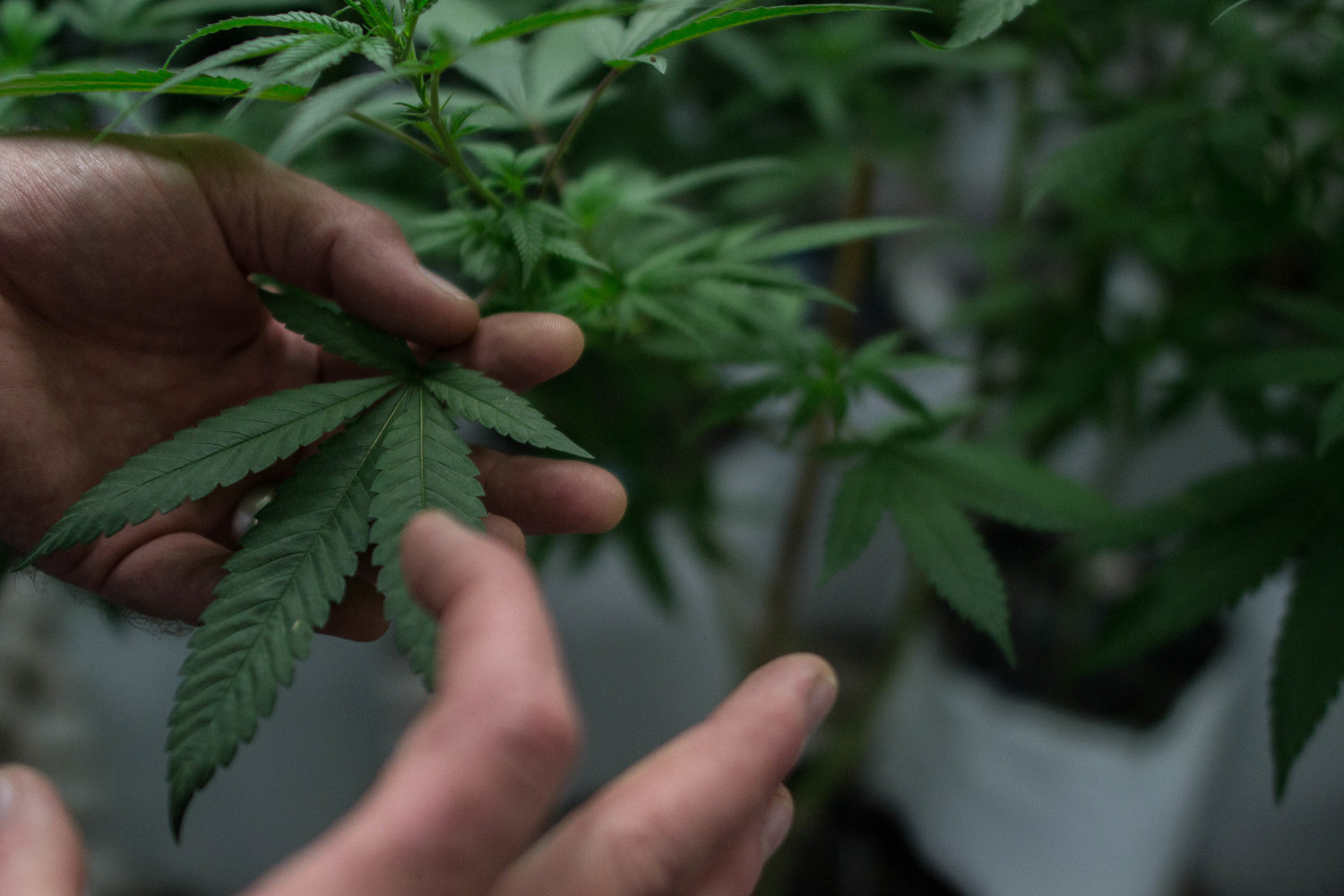Meaning of legalization of recreational marijuana
What is means for East Meadow residents
Gov. Andrew Cuomo and state legislative leaders came to an agreement on March 28 to allow people over the age of 21 to possess, display, purchase, obtain or transport up to three ounces of cannabis and up to 24 grams of concentrated cannabis. New York is the 15th state to legalize recreational marijuana. The legislation comes almost two years after marijuana was decriminalized in New York.
The bill will establish the Office of Cannabis Management that would implement regulations for medical, adult-use and cannabinoid hemp, provide licensing for marijuana producers, distributors, retailers and other actors in the cannabis market and would address those who have been disproportionately impacted by cannabis enforcement.
But the Town of Hempstead is standing unified in its opposition to the sale of recreational marijuana and against its use at facilities within the town, said spokesman Greg Blower.
Under state law, cities, towns and villages may opt-out of allowing adult-use cannabis retail dispensaries or on-site consumption licenses by passing a local by Dec. 31 or nine months after the effective date of the legislation. Municipalities may not opt out of adult-use legalization.
But not all East Meadow residents agree with the town’s stance on opting out of the retail sale of marijuana. Kathleen Marie Flannery said she is for the state’s legislation.
“I’m for it, but I don’t intend to smoke it,” she said. “There is a need to collect more money, so it can either increase local state federal taxes on things we already buy — cigarettes, gas, alcohol, or create a new ‘thing’ to tax at a higher rate.”
What is included in the legislation
Tax collection that is expected to come with the legalization of recreational marijuana is projected at $350 million annually, creating 30,000 to 60,000 jobs. All cannabis taxes would be deposited in the state cannabis revenue fund that will cover the program and implement the law. The remaining funding would be split three ways: 40 percent education, 40 percent to a community grants reinvestment fund and 20 percent to a drug treatment and public education fund.
The Office of Cannabis Management, a five-member board with three members appointed by the governor and one appointment by each house, will be charged with enforcing regulatory framework governing medical, adult use cannabinoid hemp. The Office of Cannabis Management would be an independent office operating as part of the New York State Liquor Authority.
Medical marijuana: The agreement would allow people with a larger list of medical conditions to access medical marijuana, increase the number of caregivers allowed per patient and allow home cultivation of medical cannabis for patients.
Adult-use cannabis: The legislation creates licenses for producers and distributors, among other entities, and the bill will implement strict quality control, public health and consumer protections. A social and economic equity program would facilitate individuals disproportionally effected by cannabis enforcement by establishing a goal of having 50 percent of licenses go to a minority or woman owned business, or distressed farmers or service-disabled veterans to encourage participation in the industry.
Counties would receive 25 percent of the local retail tax revenue and 75 percent would go to the municipality.
Legal sales will not begin until at least April 1, 2022.
Traffic safety: The use of cannabis by drivers will remain prohibited.
The New York State Department of Health will work with institutions of higher education to conduct a controlled research study designed to evaluate ways to detect cannabis-impaired driving. After completion of the study, the Department of Health may create and implement rules and regulations to approve and certify a test for the presence of cannabis in drivers.
Personal possession and home cultivation: Up to three ounces of cannabis and 24 grams of cannabis concentrate can be personally possessed outside the home. Cannabis possessed at home must be kept in a secure location from children. Adults over 21 can have three mature plants and three immature plants. Legal home cultivation could begin within six months for medical users and up to 18 months for recreational users.
Criminal justice and record expungement: The cannabis penalty framework would be restructured to avoid criminalization; reducing penalties would be implemented for possession and sale.
An automatic expungement or resentencing for anyone with a previous marijuana conviction that is now legal will be implemented. Cannabis will be added to the clean indoor air act, which establishes a baseline on where cannabis can be smoked or vaped.
Municipalities and local governments are permitted to make laws that are more restrictive than the state’s, but various provisions will ensure that cannabis is treated as a lawful substance to prevent discriminatory enforcement.
Protections for use of cannabis and workplace safety: Unlawful discrimination would be prohibited and workplace safety protections would be implemented.
How local lawmakers voted
State Sen. Kevin Thomas (D): Yes
State Assemblyman John Mikulin (R): No
Where local officials stand
Nassau County Executive Laura Curran announced her opposition during her State of the County Address in 2019, saying that she would oppose the sale of recreational marijuana in the county if it became legal in New York. The county executive’s task force on legalization and regulation released a report in 2019 that identified numerous public safety and public health concerns that need to be addressed “well before Nassau County could begin to participate in a legalized cannabis market.”
Nassau County Police Commissioner Patrick Ryder said that when he was asked to be a part of the task force he had many concerns, as he is strongly opposed to its legalization. “Due to the overwhelming amount of negative impact at this time, we are recommending to the County Executive that we opt out,” he said at the time.

 49.0°,
Fog/Mist
49.0°,
Fog/Mist 




